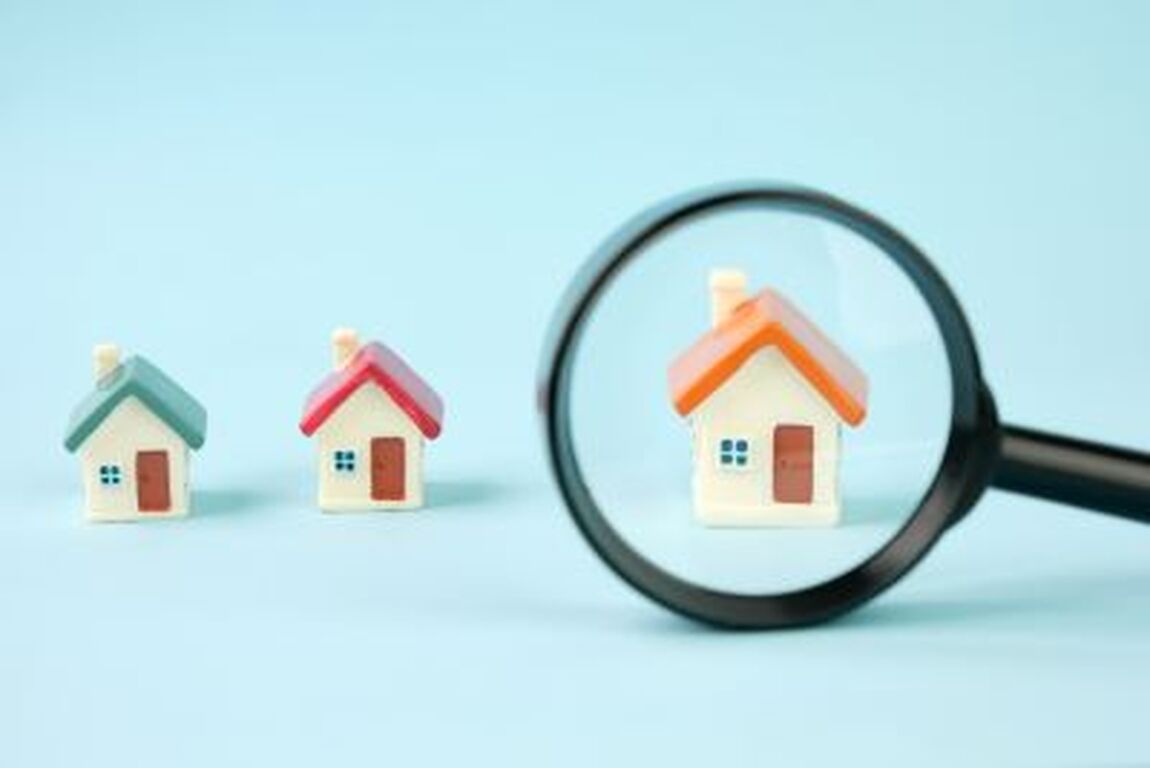After buying surge, demand for second homes stabilizes
After a year of frantic activity on the market for second homes, Redfin has found evidence that suggests demand may be starting to normalize for these getaway spots and investment properties.
Each month for roughly a year now, buyers have locked in mortgage rates for second homes in numbers that have represented year-over-year growth in excess of 80 percent. In May, however, that number rose by only 48 percent over last year’s total, a potential sign that demand for second homes may be trending back to pre-pandemic levels, Redfin said.
The Seattle-based real estate brokerage’s report, released Thursday, also points out that real estate activity was particularly low in May of 2020, meaning the 48 percent year-over-year increase may also be overstating the present demand for these types of properties.
The federal government moved earlier this year to place tighter limits on riskier loans, restricting lenders’ second-home and investment-property mortgages to 7 percent of their respective total loan volumes.
Fannie Mae adopted these policies at the start of April, while Freddie Mac implemented its changes by the beginning of May.
But Redfin’s analysis saw other reasons why growth in this segment of the home market might be slowing down.
“In addition to tighter lending rules, vacation-home buyers are starting to react to rising prices,” Redfin Chief Economist Daryl Fairweather said Thursday in a news release accompanying the study. “Home prices have been climbing rapidly for the last several months, and it seems they’ve finally gotten prohibitively high for some people searching for second homes.”
Another possible explanation: Most people with the means to buy a second home during the pandemic may have already done so, Fairweather said. With many office buildings in the process of further reopening, employees may also have less time these days to spend at a second property.
Each month for roughly a year now, buyers have locked in mortgage rates for second homes in numbers that have represented year-over-year growth in excess of 80 percent. In May, however, that number rose by only 48 percent over last year’s total, a potential sign that demand for second homes may be trending back to pre-pandemic levels, Redfin said.
The Seattle-based real estate brokerage’s report, released Thursday, also points out that real estate activity was particularly low in May of 2020, meaning the 48 percent year-over-year increase may also be overstating the present demand for these types of properties.
The federal government moved earlier this year to place tighter limits on riskier loans, restricting lenders’ second-home and investment-property mortgages to 7 percent of their respective total loan volumes.
Fannie Mae adopted these policies at the start of April, while Freddie Mac implemented its changes by the beginning of May.
But Redfin’s analysis saw other reasons why growth in this segment of the home market might be slowing down.
“In addition to tighter lending rules, vacation-home buyers are starting to react to rising prices,” Redfin Chief Economist Daryl Fairweather said Thursday in a news release accompanying the study. “Home prices have been climbing rapidly for the last several months, and it seems they’ve finally gotten prohibitively high for some people searching for second homes.”
Another possible explanation: Most people with the means to buy a second home during the pandemic may have already done so, Fairweather said. With many office buildings in the process of further reopening, employees may also have less time these days to spend at a second property.


 Menu
Menu




